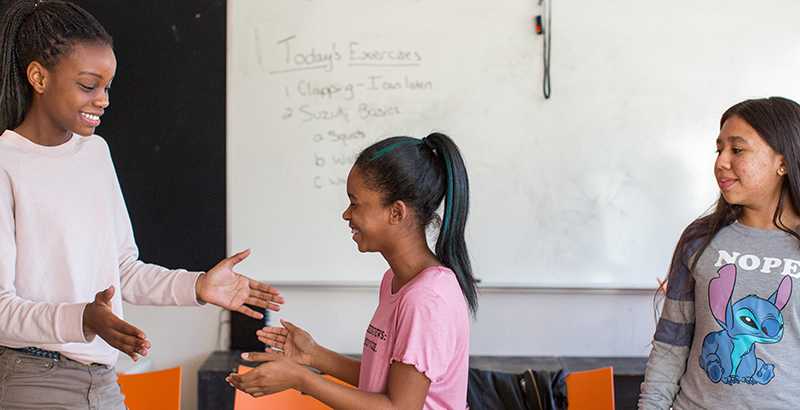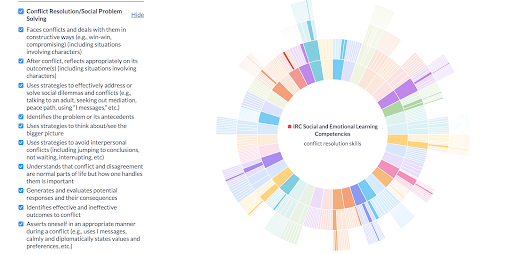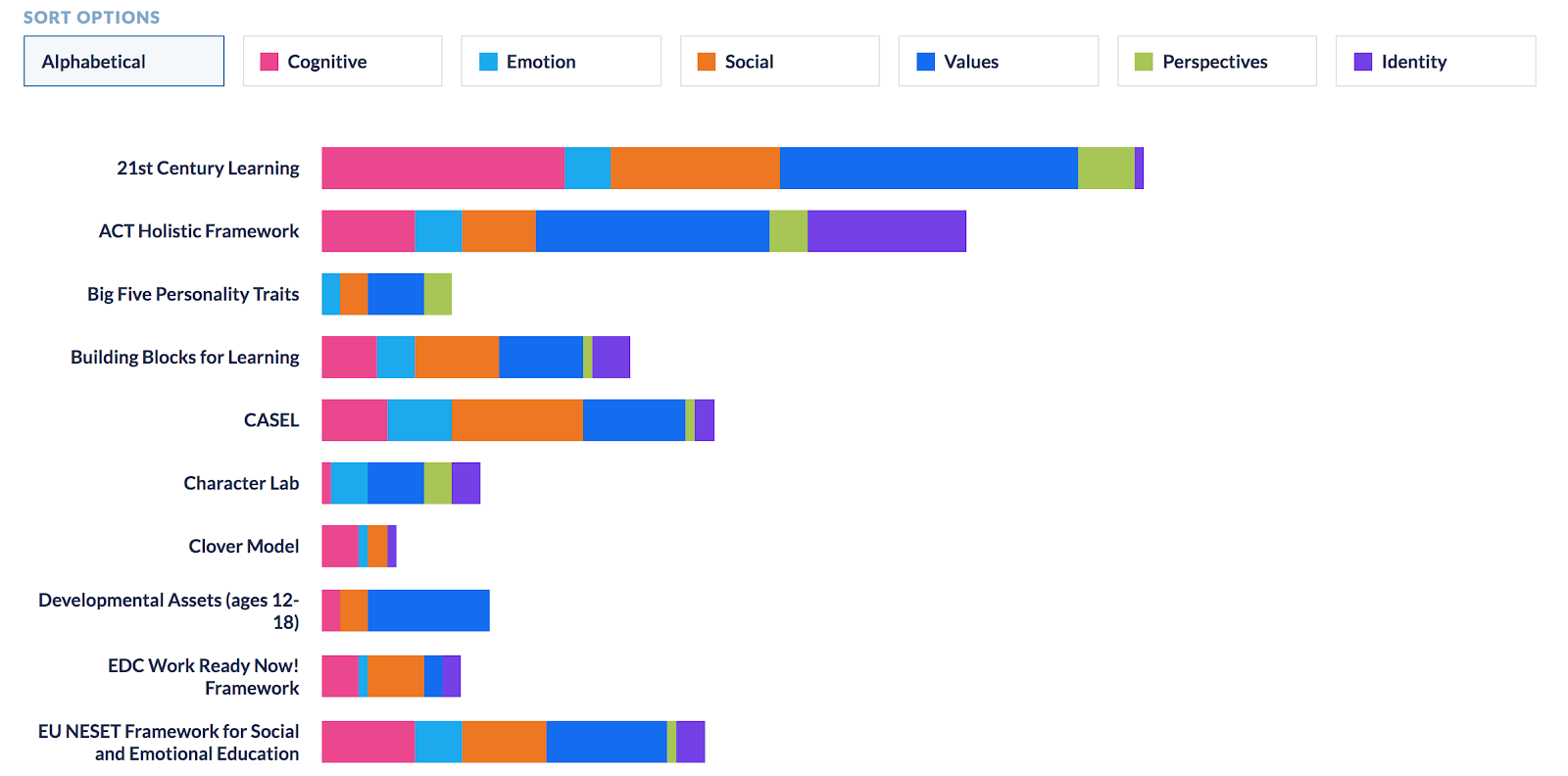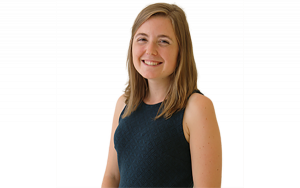Self-Regulation by Any Other Name: New Harvard Project Connects the Similar and Disparate Words of Social-Emotional Learning

Over the next several weeks, The 74 will be publishing stories reported and written before the coronavirus pandemic. Their publication was sidelined when schools across the country abruptly closed, but we are sharing them now because the information and innovations they highlight remain relevant to our understanding of education.
Several years ago, Harvard University professor Stephanie Jones found herself sitting in a meeting where she and her peers were once again debating the meaning of social-emotional learning.
It was a common pattern Jones found herself in. Even though many groups around the world have identified important skills students should learn — self-regulation, self-management, social awareness — it didn’t always feel as if people were talking about the same thing.
So Jones decided to take on the task of connecting the ideas of these dozens of groups who had created models around social-emotional learning, character and personality. Her Harvard team looked at some of the most popular frameworks worldwide, analyzed how each group defined skills like self-efficacy and conflict resolution, and took note of how these definitions varied. They launched a visual, interactive display of this multi-year taxonomy project, called Explore SEL, with the hope that policymakers, advocacy groups and educators can better understand the hundreds of words being used in this field.
“What we’re hoping to do is to ease some of the confusion on the terminology so that those connections between what we know, what we do and what we measure are really tight so we are more effective and efficient,” said Jones, the Gerald S. Lesser professor in early childhood development at Harvard University.
As Jones discovered, there is no lack of interest in groups that want to define which social-emotional skills are important. But the skills they choose vary, and even those that share common skills don’t necessarily define them identically.
Take the word “self-management.” It’s a term that appears in eight social-emotional learning frameworks. But not everyone has the same definition. The Collaborative for Academic, Social, and Emotional Learning (CASEL) says this word means controlling impulses, managing stress, motivating oneself and setting goals, among other things.
The European Commission Network of Experts on Social Aspects of Education and Training defines the word “self-management” similarly with ideas like managing stress and setting goals, but its definition also emphasizes positive self-talk and overcoming adversity.
The Harvard site lets users see how similar frameworks, like those from CASEL or the European Commision, align. Thick lines between the two frameworks connote similarities in definitions, while thin lines or no lines show that the terms don’t match.

The site also allows users to see how frameworks that use different terminology may actually be talking about similar ideas. For example, not every social-emotional learning model includes the term “conflict resolution.” But 18 models include this idea of addressing disagreements or problems in a productive way; they just don’t call it conflict resolution. Instead, they might include it under the umbrella of social management, relationships with other children, behavioral skills or relational strength. Filtering the interactive chart by skill allows users to see the variety of terms that look different but are actually similar:

The tools also provide a unique window into what types of skills major frameworks may be favoring and which ones they might be neglecting. Many of the major models emphasize cognitive, social, emotion and values skills, but very few focus on identity and perspective.

To some, this project might show that the social-emotional learning field needs to align its terminology to create clarity or cohesion. But Jones doesn’t see it that way.
“If we force a viewpoint, a terminology, a lexicon onto everybody and demand standardization, we’re going to miss the viewpoint, the values, the perspectives of people out there, things that are important to folks, that are meaningful in their community,” Jones said. “Forcing standardization in one lexicon didn’t seem feasible or viable or appealing or, in a funny way, just. Who gets to decide?”
Robert Jagers, vice president of research at CASEL, agrees with Jones that it’s not necessary to align every social-emotional learning framework. What is important, he said, is that schools make sure the framework and programs they’re using are connected.
“It is alignment between the framework, the programs, practices, approaches, and professional development and assessments that actually helps you determine the degree to which what you’re attempting to do is [being] accomplished,” Jagers said. “The absence of that alignment makes it difficult to set goals for your students and adults and then to determine whether you actually achieved those goals.”
In the next iteration of the Explore SEL project, Jones plans to show how specific social-emotional learning programs and measurement tools are most aligned with the frameworks outlined on the site.
Measurement is a particularly challenging issue for social-emotional learning, as people debate whether skills like self-management, social awareness, optimism or growth mindset could and should be measured. If they are measured, people also worry about grading students or attaching outcomes to accountability requirements for schools.
The site highlights the importance of making sure school leaders know exactly how the framework they use is measuring skills like self-regulation, and whether the assessment tool they’re using to measure self-regulation aligns with the model they are using to teach it.
Many schools and districts use multiple social-emotional learning frameworks across grades. Jones hopes this tool can help school leaders see how those different frameworks connect, so a student who may be learning with one social-emotional model in elementary school might not get lost when she encounters a different model in middle school.
Bena Kallick, co-director of the Institute for the Habits of Mind, one of the models included in the taxonomy, sees the project as useful for schools using multiple frameworks at once. Kallick sometimes works with schools that pick and choose from different models to find what best meets their needs.
“What I really believe is most important is that we’re not overwhelming teachers and we’re not overwhelming students, because we all have good intentions,” Kallick said. “So how do we really consider simplifying as much as possible what’s expected [and] what really matters?”
Disclosure: The Bill & Melinda Gates Foundation provides financial support to Harvard’s Taxonomy Project and The 74.
Get stories like these delivered straight to your inbox. Sign up for The 74 Newsletter

;)
